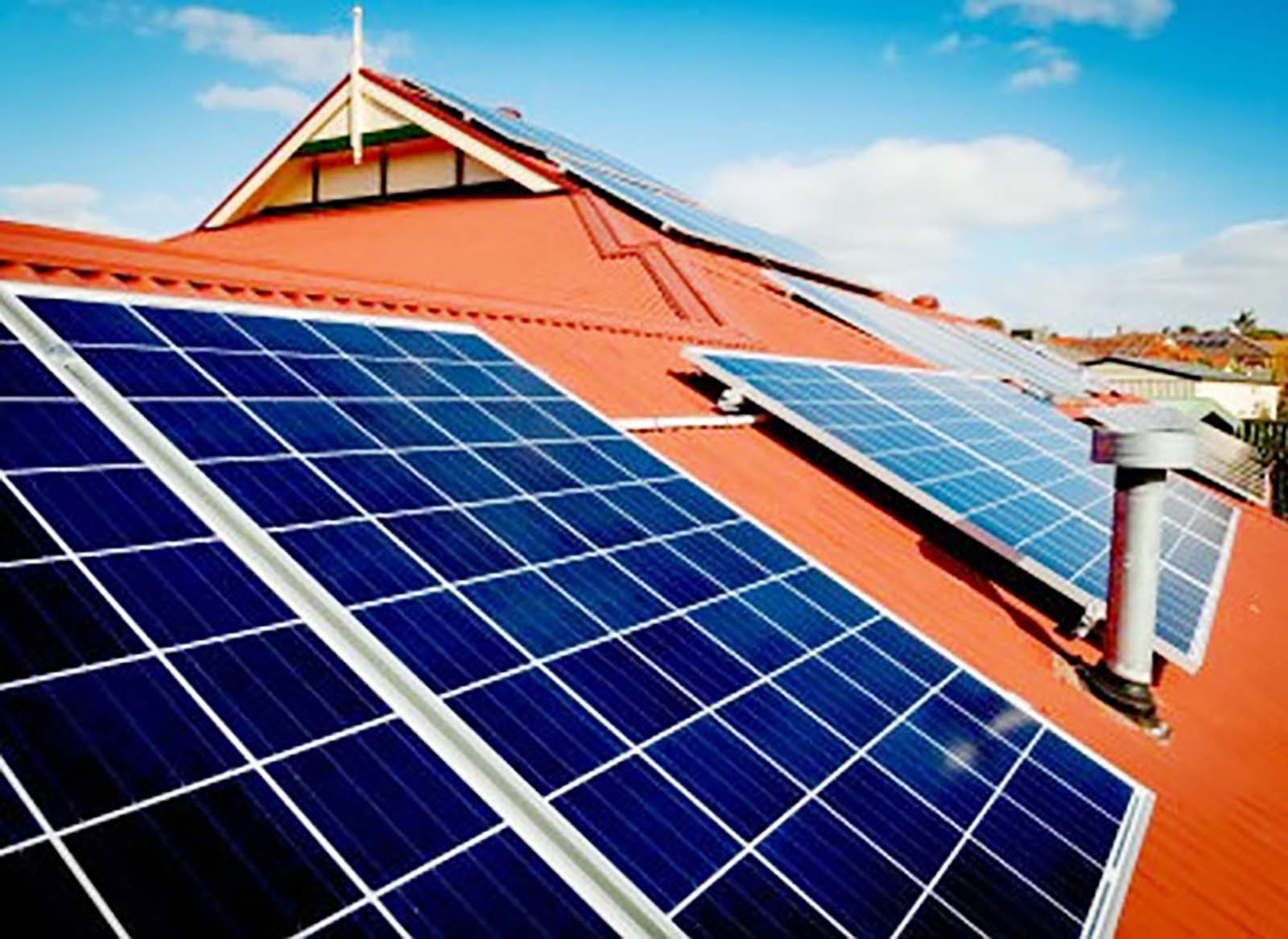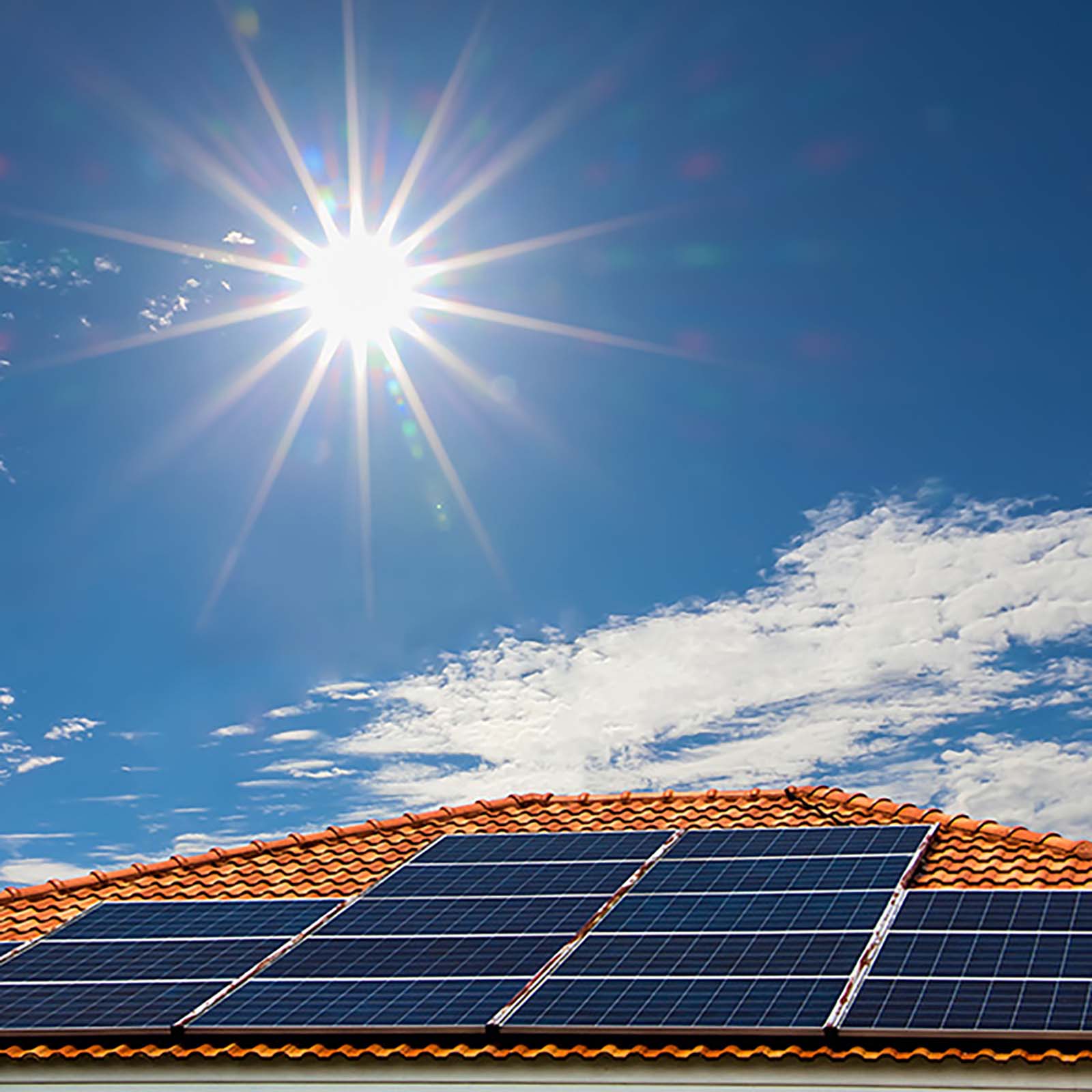Introduction
Energy storage has become increasingly important for day-to-day living in homes. With the rising costs of electricity and the growing concern for environmental impact, many homeowners are turning to energy storage solutions to reduce their reliance on the grid and lower their carbon footprint. In this article, we will explore the benefits and options for energy storage for day storage in home.

Benefits of Energy Storage for Day Storage in Home
1. Cost Savings
One of the primary benefits of energy storage for day storage in the home is cost savings. By storing excess energy generated during the day, homeowners can reduce their reliance on grid electricity during peak hours, when rates are typically higher. This can result in significant savings on monthly utility bills.
2. Energy Independence
Energy storage systems allow homeowners to become more energy independent. By storing their own energy, they are less reliant on the grid and are better prepared for power outages or fluctuations in electricity supply. This can provide peace of mind and security for homeowners.
3. Environmental Impact
Using energy storage for day storage in the home can also have a positive environmental impact. By reducing reliance on grid electricity, homeowners can lower their carbon footprint and contribute to a more sustainable energy future. This can be especially important for those who are passionate about environmental conservation.

Options for Energy Storage in the Home
1. Battery Storage Systems
Battery storage systems, such as lithium-ion batteries, are a popular option for energy storage in the home. These systems can store excess energy generated from solar panels or other renewable energy sources and release it when needed. They are efficient, reliable, and can be easily integrated into existing home energy systems.
2. Thermal Energy Storage
Thermal energy storage uses phase change materials or hot water tanks to store excess energy in the form of heat. This energy can then be used for space heating, water heating, or other household needs. Thermal energy storage is especially effective for homes with solar thermal systems.
3. Flywheel Energy Storage
Flywheel energy storage systems store energy in the form of rotational kinetic energy. These systems are fast-responding and can provide instantaneous power in case of grid outages. They are a more advanced option for homeowners looking for reliable, high-performance energy storage solutions.
4. Pumped Hydro Storage
Pumped hydro storage uses surplus energy to pump water to a higher elevation, where it is stored for later use. When energy is needed, the water is released through turbines to generate electricity. While this option is more commonly used in large-scale energy storage facilities, it can also be implemented on a smaller scale for homeowners with access to suitable land and water resources.
5. Compressed Air Energy Storage
Compressed air energy storage systems store energy by compressing air into a container or underground cavern. When energy is needed, the compressed air is released and expands, driving a turbine to generate electricity. This option is versatile and can be scaled to suit the energy storage needs of individual homeowners.
Conclusion
Energy storage for day storage in the home offers numerous benefits, from cost savings to environmental sustainability. With a range of options available, homeowners can find a suitable energy storage solution to meet their specific needs and preferences. As the demand for energy storage continues to grow, it is important for homeowners to explore their options and invest in sustainable, reliable energy storage systems for their homes.



